Home>Gardening & Outdoor>Plant Care & Gardening Tips>Where Is The Peppermint Plant Native To
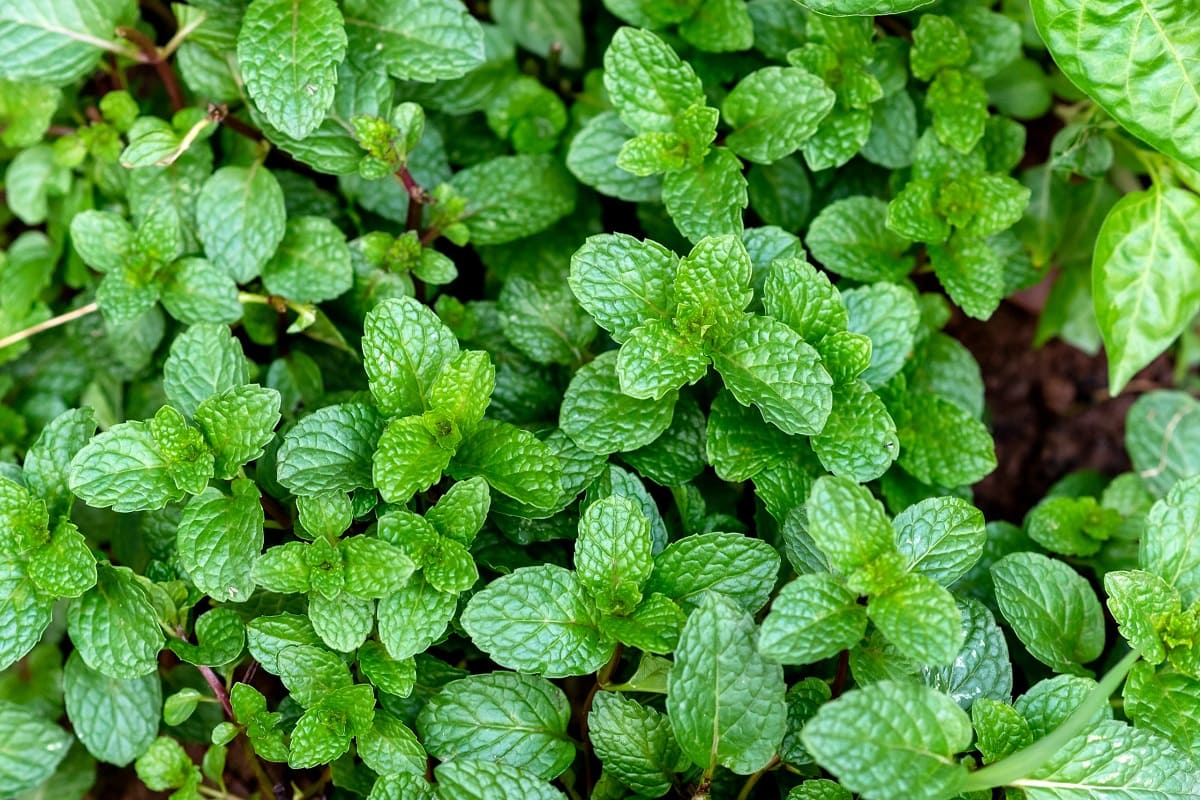

Plant Care & Gardening Tips
Where Is The Peppermint Plant Native To
Modified: October 20, 2024
Discover the native habitat of the peppermint plant and get expert plant care and gardening tips. Learn how to grow and care for peppermint plants. Explore its origins and ideal growing conditions.
(Many of the links in this article redirect to a specific reviewed product. Your purchase of these products through affiliate links helps to generate commission for Storables.com, at no extra cost. Learn more)
Introduction
Welcome to the refreshing world of peppermint, where its invigorating aroma and versatile uses have captivated the senses and served as a valuable ally in various cultures throughout history. As we embark on a journey to unravel the mysteries and wonders of the peppermint plant, we will delve into its rich history, explore its botanical characteristics, uncover its diverse uses, and gain insights into its cultivation. Furthermore, we will embark on a quest to discover the native origins of this beloved herb, shedding light on the geographical roots that have contributed to its global allure.
Peppermint, with its distinctive menthol fragrance and cooling taste, has secured a revered place in the realms of culinary arts, aromatherapy, and traditional medicine. Its widespread popularity is a testament to its enduring appeal and remarkable adaptability. Join us as we unravel the captivating story of peppermint, from its ancient origins to its modern-day significance, and gain a deeper appreciation for this remarkable botanical treasure.
Key Takeaways:
- Peppermint originated in Europe and the Middle East, where it naturally hybridized from watermint and spearmint, thriving in lush landscapes and captivating ancient civilizations with its aromatic allure and practical uses.
- Peppermint’s rich history, from ancient Egypt to modern-day global popularity, showcases its enduring appeal and diverse uses in culinary, aromatherapy, and traditional medicine, making it a beloved botanical treasure with a storied past and promising future.
Read more: Where Is The Snake Plant Native To
History of Peppermint
The captivating history of peppermint traces back to ancient civilizations, where its multifaceted allure and practical applications earned it a revered status. The use of peppermint can be dated back to ancient Egypt, where dried peppermint leaves have been found in the pyramids, indicating its presence in daily life and religious ceremonies. The versatile plant also made its mark in Greek mythology, with the story of Minthe, a nymph transformed into the peppermint plant by Hades’ jealous wife, Persephone.
Fast-forwarding to the Roman era, peppermint garnered widespread recognition for its medicinal properties and aromatic appeal. It was a symbol of hospitality and was often used to adorn banquet tables and create fragrant garlands. The Romans also valued peppermint for its therapeutic benefits, using it to freshen breath, aid digestion, and soothe aches and pains.
Throughout the Middle Ages, peppermint continued to flourish, gaining prominence in European monasteries where it was cultivated for its culinary and medicinal virtues. Its popularity surged during the Renaissance, and by the 18th century, it had become a staple in English gardens and apothecaries, solidifying its status as a cherished botanical gem.
The widespread cultivation and appreciation of peppermint expanded to the New World, where it found fertile ground for growth and innovation. In the United States, peppermint became a prized cash crop, particularly in the Pacific Northwest, where the cool climate and rich soil provided an ideal environment for its cultivation. The development of peppermint oil extraction techniques further propelled its commercial significance, leading to its widespread use in confectionery, aromatherapy, and personal care products.
Today, the legacy of peppermint endures, with its rich history weaving a tapestry of cultural significance and practical utility. Its journey from ancient civilizations to modern-day society is a testament to its enduring appeal and unwavering relevance in diverse facets of human life.
Botanical Characteristics of Peppermint
Peppermint, scientifically known as Mentha × piperita, is a perennial herb that belongs to the Lamiaceae family, renowned for its aromatic leaves and invigorating essential oil. This natural hybrid of spearmint (Mentha spicata) and watermint (Mentha aquatica) boasts a distinctive appearance and a plethora of sensory delights.
The plant features square stems that can reach heights of 12 to 35 inches, adorned with serrated, lance-shaped leaves that exude a refreshing minty fragrance when crushed. Its vibrant green foliage not only enhances its visual appeal but also serves as a reservoir for the essential oils that imbue peppermint with its signature scent and flavor.
Peppermint blooms with delicate, lilac-colored flowers that form dense, terminal spikes, adding a touch of elegance to its verdant demeanor. These flowers not only contribute to the plant’s aesthetic charm but also attract pollinators, ensuring the continuation of its life cycle.
One of the most remarkable features of peppermint lies in its exceptional ability to propagate and thrive. Its vigorous rhizomes and stolons enable it to spread rapidly, creating lush, aromatic patches that enhance the landscape and provide a bountiful supply of leaves for various applications.
Furthermore, the essential oil derived from peppermint leaves contains high concentrations of menthol, a compound renowned for its cooling and analgesic properties. This valuable constituent has made peppermint oil a prized ingredient in aromatherapy, personal care products, and traditional medicine, underscoring the plant’s botanical significance and practical utility.
With its alluring appearance, captivating fragrance, and potent essential oil, peppermint stands as a testament to nature’s ingenuity and the remarkable synergy between botanical beauty and functional efficacy.
Uses of Peppermint
Peppermint, with its multifaceted virtues and versatile applications, has carved a prominent niche in various domains, ranging from culinary endeavors to holistic wellness practices. The remarkable herb’s leaves and essential oil have been harnessed for an array of purposes, each showcasing the plant’s remarkable adaptability and sensory allure.
In the culinary realm, peppermint leaves serve as a prized ingredient, infusing dishes with a refreshing minty flavor and vibrant green hue. From tantalizing beverages such as mint tea and mojitos to delectable desserts like peppermint ice cream and chocolate mint cookies, the culinary landscape benefits from the invigorating presence of peppermint, elevating the sensory experience and enlivening the palate.
Beyond its culinary contributions, peppermint’s essential oil holds immense value in aromatherapy and personal care. The cooling, menthol-rich essence of peppermint oil offers a myriad of benefits, from alleviating headaches and muscle tension to refreshing the mind and enhancing focus. Its invigorating aroma also serves as a natural air freshener, infusing spaces with a revitalizing ambiance that uplifts the spirit and promotes a sense of well-being.
Furthermore, peppermint’s therapeutic properties extend to traditional medicine, where it has been revered for its digestive support, respiratory relief, and topical soothing effects. Whether incorporated into herbal remedies, tinctures, or topical preparations, peppermint’s botanical prowess has been harnessed to address an array of health and wellness concerns, offering a natural and time-honored approach to holistic care.
In the realm of personal care, peppermint’s cooling sensation and antimicrobial properties make it a prized ingredient in oral care products, skincare formulations, and hair care solutions. Its ability to invigorate the senses and promote a feeling of freshness has made it a beloved addition to an array of hygiene and grooming essentials, enriching the daily rituals of self-care with a touch of botanical luxury.
With its diverse array of uses spanning culinary, aromatic, therapeutic, and personal care domains, peppermint stands as a testament to nature’s bounty and the enduring allure of botanical treasures that enrich and enliven our lives.
The peppermint plant is native to Europe and the Middle East. It thrives in moist, nutrient-rich soil and prefers partial shade.
Cultivation of Peppermint
Cultivating peppermint is a rewarding endeavor that offers a delightful fusion of sensory indulgence and practical utility. Whether grown in home gardens or on a commercial scale, the cultivation of peppermint encompasses a blend of horticultural considerations, environmental requirements, and harvesting techniques that contribute to the plant’s prolific growth and aromatic potency.
Peppermint thrives in temperate climates with ample sunlight, well-drained soil, and consistent moisture. While it can adapt to various soil types, it flourishes in loamy, fertile substrates that facilitate robust growth and essential oil production. The plant’s preference for moist conditions underscores the importance of regular watering, especially during dry spells, to sustain its lush foliage and aromatic richness.
When it comes to propagation, peppermint can be cultivated from seeds, cuttings, or root divisions. However, due to its vigorous rhizomatous nature, root divisions are often favored for establishing new plantings, as they expedite the growth process and ensure the retention of desirable traits. Planting peppermint in well-spaced rows or designated areas allows for optimal airflow and ease of maintenance, fostering healthy, vibrant stands of this esteemed herb.
Prudent management practices, such as regular weeding, mulching, and fertilization, play a pivotal role in sustaining the vigor and productivity of peppermint crops. Additionally, periodic pruning or harvesting of the plant’s leaves and flowers not only promotes bushy growth but also yields a bountiful supply of aromatic foliage for culinary and aromatic endeavors.
Harvesting peppermint typically occurs when the plant is in full bloom, as this is when its essential oil content is at its peak. The leaves and flowering tops are carefully gathered and processed to extract the prized peppermint oil, which holds immense value in various industries, including confectionery, aromatherapy, and personal care.
Whether cultivated in home gardens or expansive fields, the art of growing peppermint embodies a harmonious blend of botanical stewardship, sensory gratification, and practical utility, inviting enthusiasts to partake in the timeless tradition of nurturing and harnessing nature’s aromatic treasures.
Read more: Where Is The Indigo Plant Native
Where is Peppermint Native To?
The native origins of peppermint can be traced to the temperate regions of Europe and the Middle East, where its wild progenitors, watermint (Mentha aquatica) and spearmint (Mentha spicata), thrived in lush, verdant landscapes. These ancestral species, known for their aromatic foliage and medicinal properties, laid the botanical foundation for the natural hybridization that ultimately gave rise to the beloved peppermint plant.
While the precise location of peppermint’s natural hybridization remains a subject of conjecture, it is widely believed to have occurred spontaneously in the wild, where the overlapping habitats of watermint and spearmint facilitated the fortuitous cross-pollination that led to the emergence of Mentha × piperita, the peppermint we know and cherish today.
The favorable climatic conditions and fertile soils of its native habitats provided an ideal environment for peppermint’s propagation and adaptation, enabling it to establish its presence and proliferate across the landscape. The plant’s resilience, aromatic allure, and therapeutic virtues endeared it to ancient civilizations, leading to its cultivation and propagation in gardens and monastic settings, where its multifaceted benefits were cherished and harnessed for culinary, medicinal, and aromatic purposes.
As the allure of peppermint transcended geographical boundaries and traversed continents, its cultivation and appreciation expanded to new horizons, with the plant finding fertile ground in regions such as the United States, where it thrived and flourished, eventually becoming a prominent cash crop and a cornerstone of the Pacific Northwest’s agricultural landscape.
Today, peppermint’s global presence and enduring popularity pay homage to its rich heritage and the diverse cultures that have embraced its aromatic charm and practical utility. Its journey from the verdant landscapes of Europe and the Middle East to the far-reaching corners of the world is a testament to its botanical resilience, cultural significance, and enduring legacy as a beloved herb with a storied past and a promising future.
Conclusion
Embarking on a captivating exploration of the peppermint plant has unveiled a tapestry of historical intrigue, botanical elegance, and practical versatility. From its ancient origins in Europe and the Middle East to its global proliferation and enduring significance, peppermint stands as a testament to nature’s ingenuity and the enduring allure of botanical treasures that enrich and enliven our lives.
The rich history of peppermint, steeped in ancient civilizations and revered in diverse cultures, underscores its enduring appeal and multifaceted contributions to culinary, aromatic, and therapeutic domains. Its botanical characteristics, from vibrant foliage to invigorating essential oil, epitomize the seamless fusion of sensory indulgence and functional efficacy, inviting enthusiasts to revel in its aromatic splendor and practical utility.
Peppermint’s diverse uses, spanning from culinary delights to holistic wellness practices, reflect its remarkable adaptability and timeless relevance in an array of human endeavors. Its cultivation, whether in home gardens or expansive fields, embodies a harmonious blend of botanical stewardship, sensory gratification, and practical utility, inviting enthusiasts to partake in the timeless tradition of nurturing and harnessing nature’s aromatic treasures.
As we unveil the native origins of peppermint and trace its journey across continents and cultures, we gain a deeper appreciation for its botanical resilience, cultural significance, and enduring legacy. Its global presence and enduring popularity pay homage to its rich heritage and the diverse cultures that have embraced its aromatic charm and practical utility, solidifying its status as a beloved herb with a storied past and a promising future.
In essence, the captivating saga of peppermint unfolds as a testament to nature’s bounty and the enduring allure of botanical treasures that enrich and enliven our lives, inviting us to savor its aromatic splendor, harness its practical virtues, and revel in the timeless traditions that have woven it into the fabric of human history and cultural heritage.
Frequently Asked Questions about Where Is The Peppermint Plant Native To
Was this page helpful?
At Storables.com, we guarantee accurate and reliable information. Our content, validated by Expert Board Contributors, is crafted following stringent Editorial Policies. We're committed to providing you with well-researched, expert-backed insights for all your informational needs.
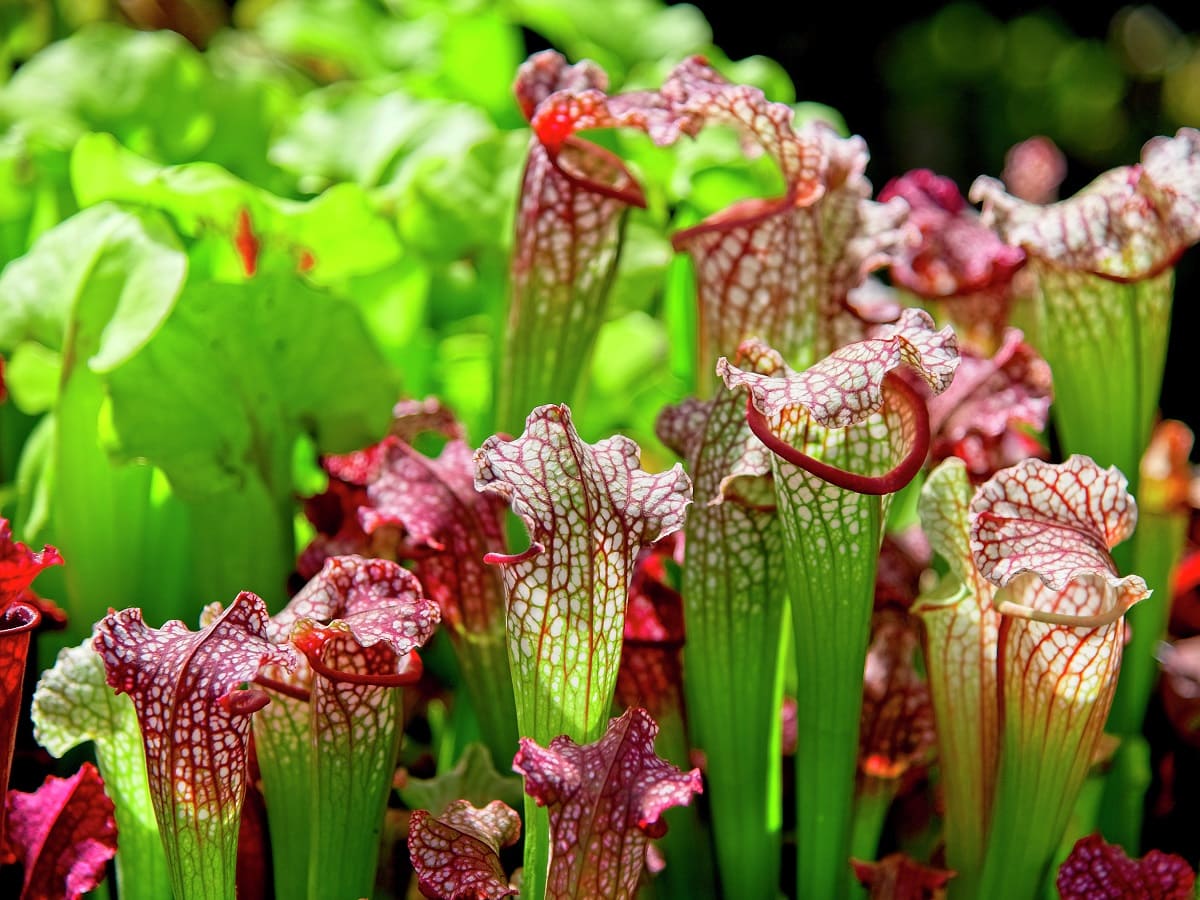
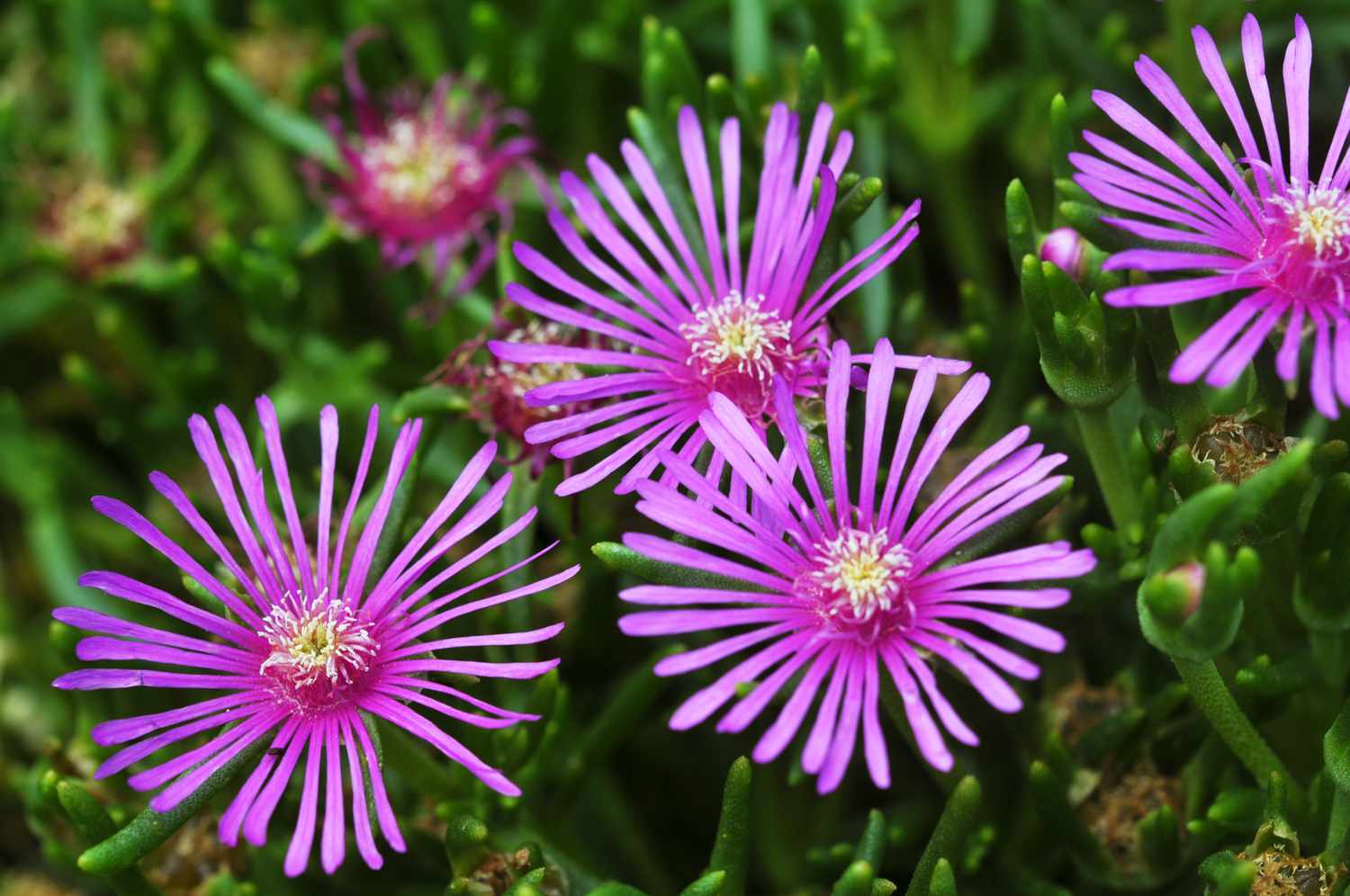
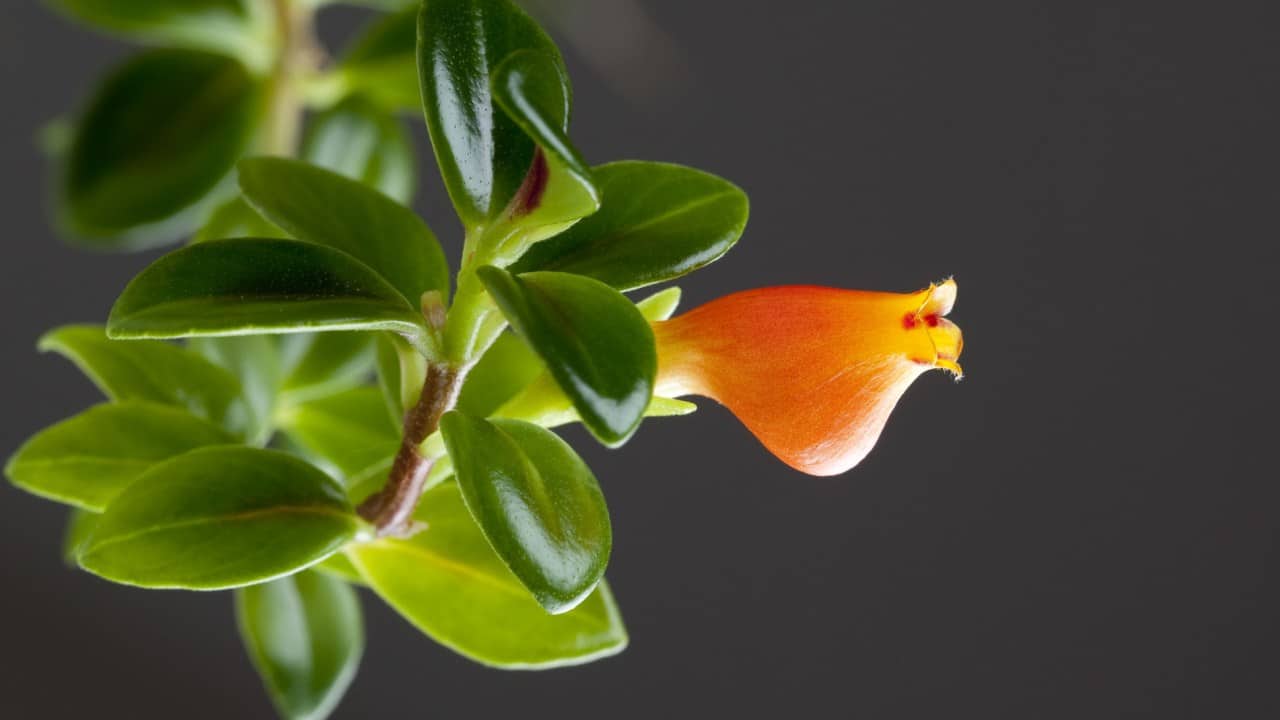
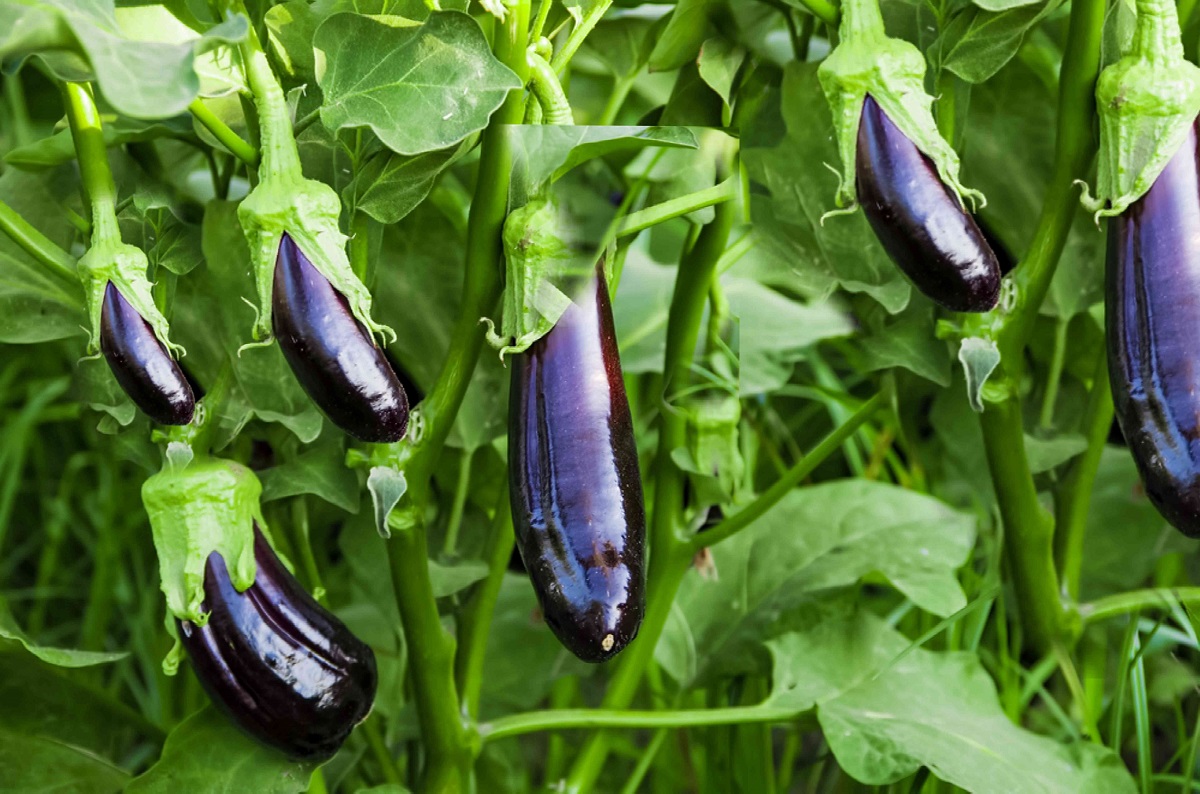
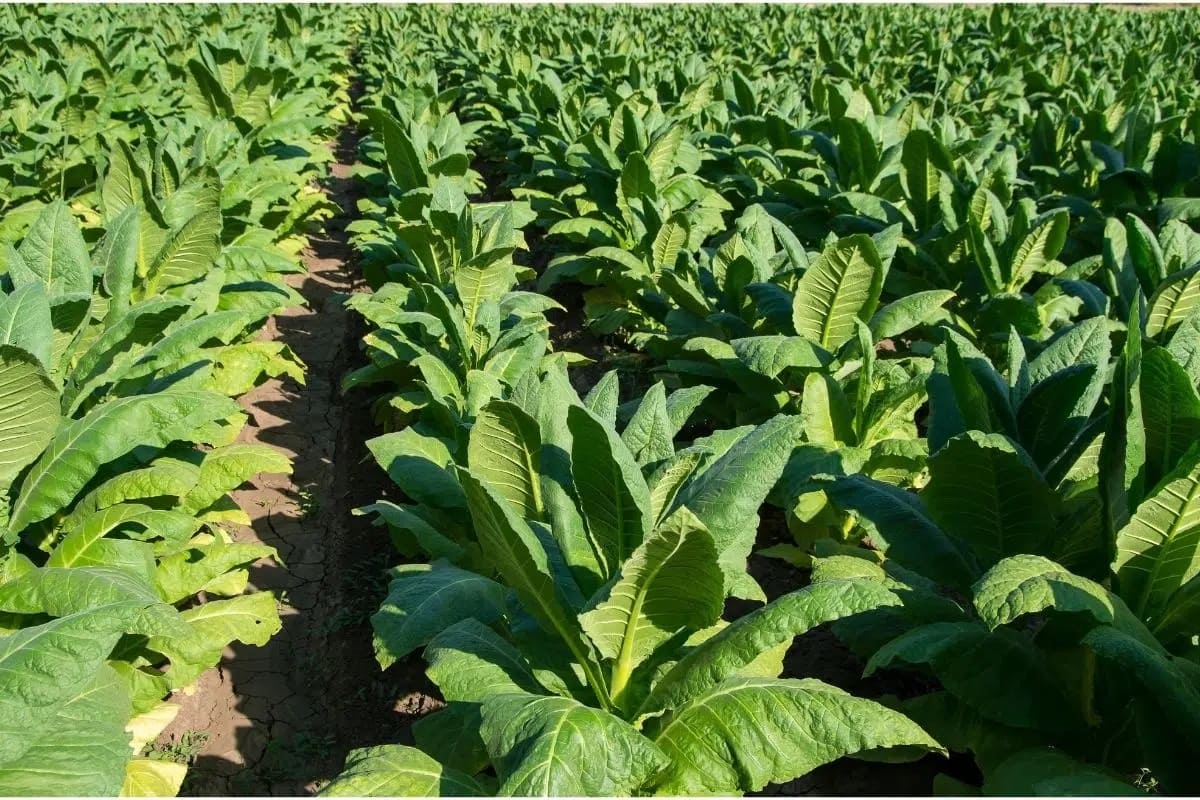
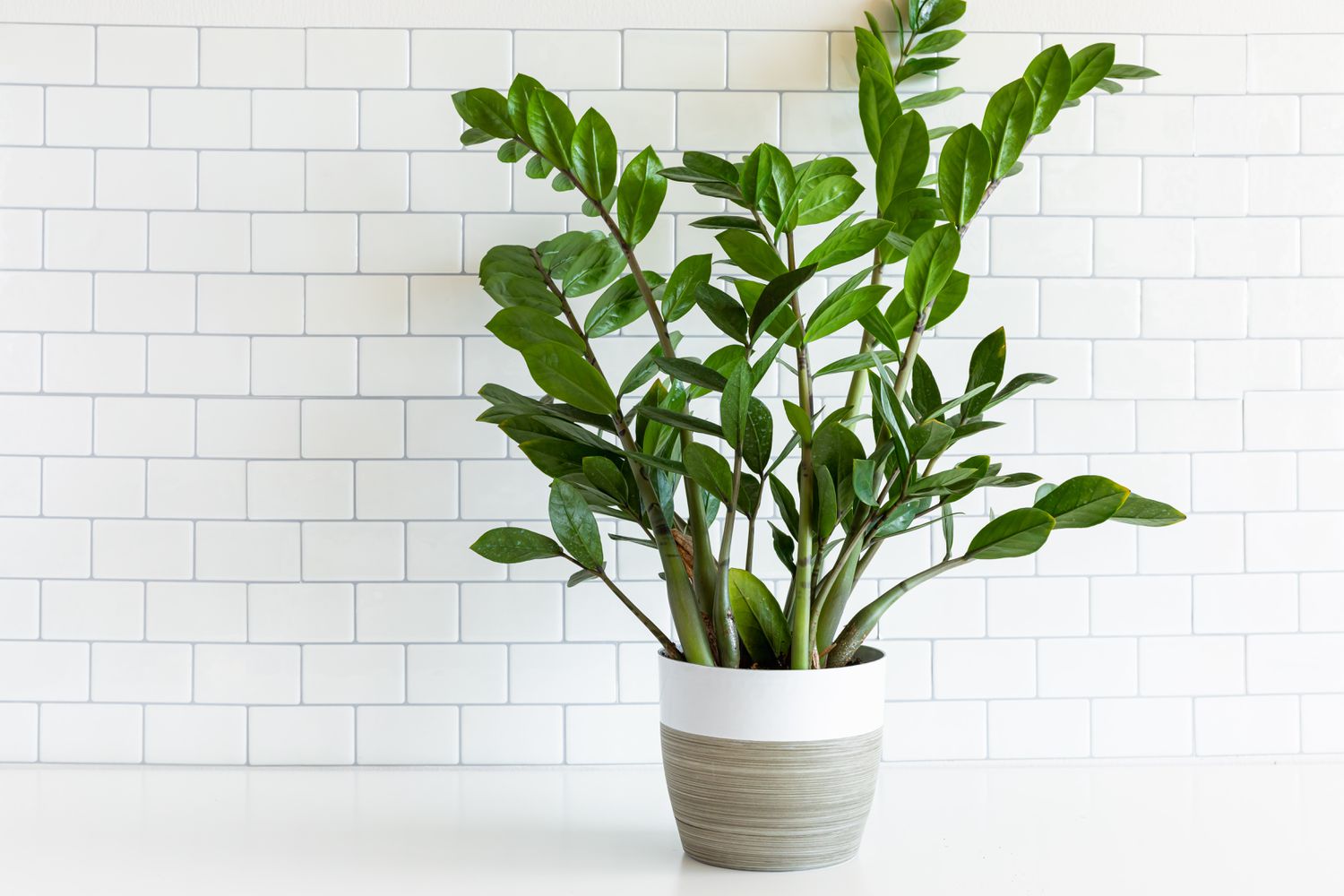
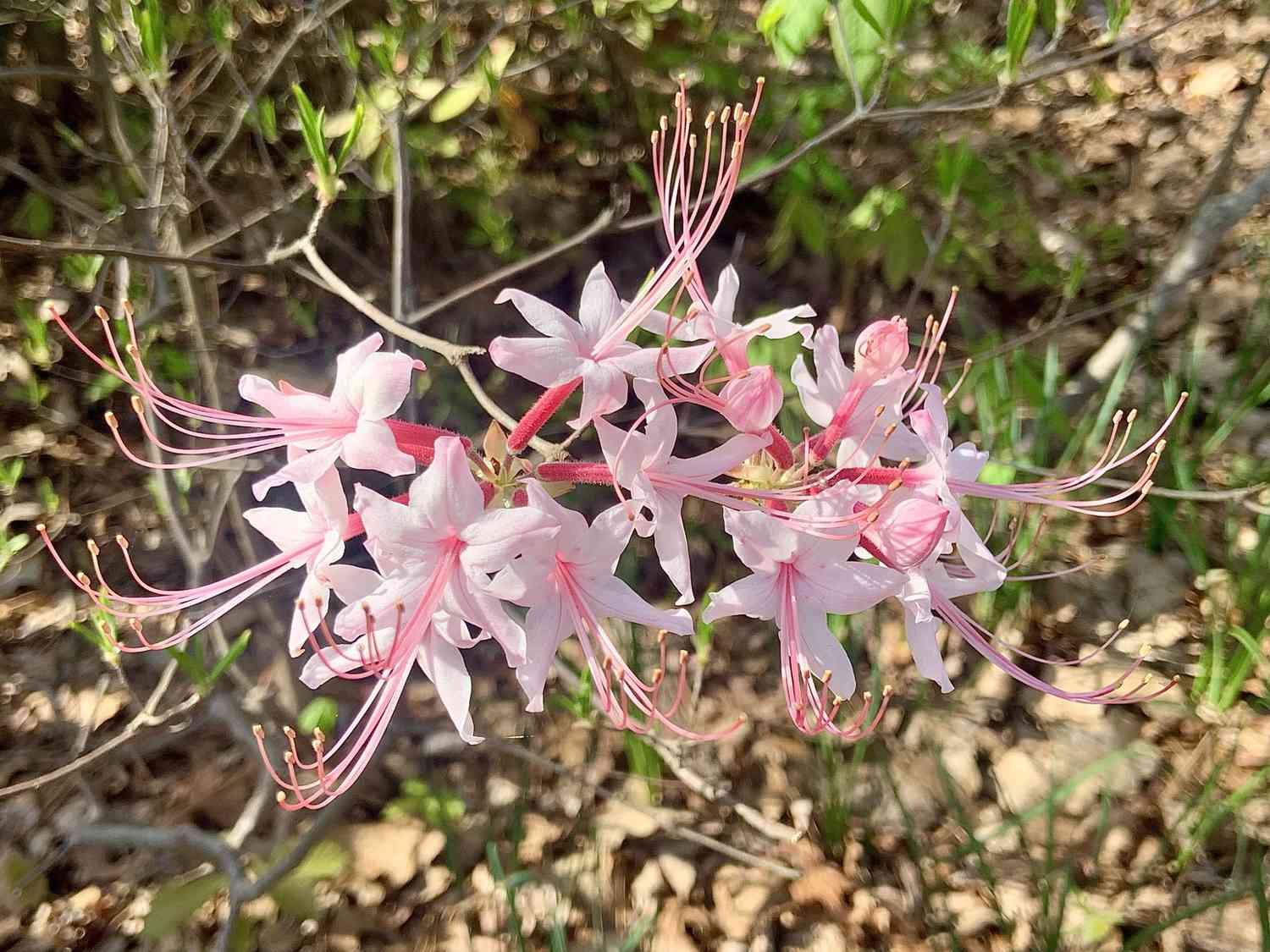
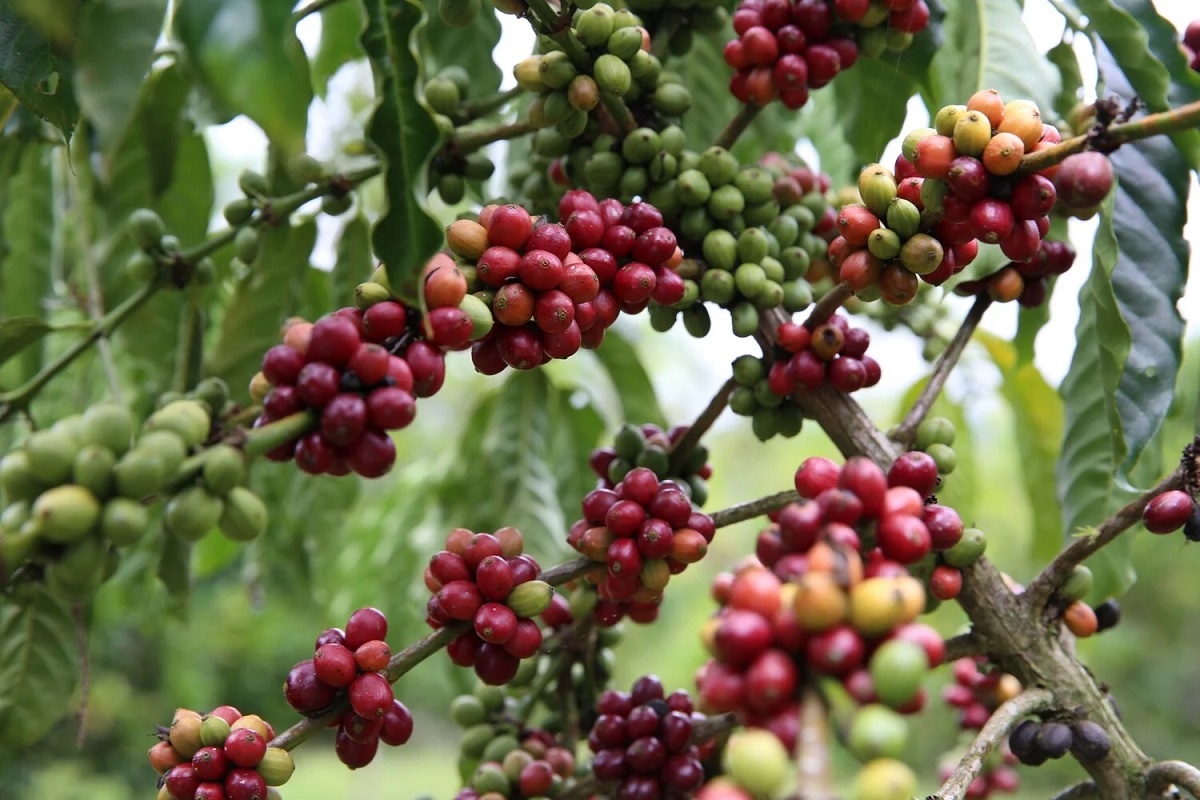

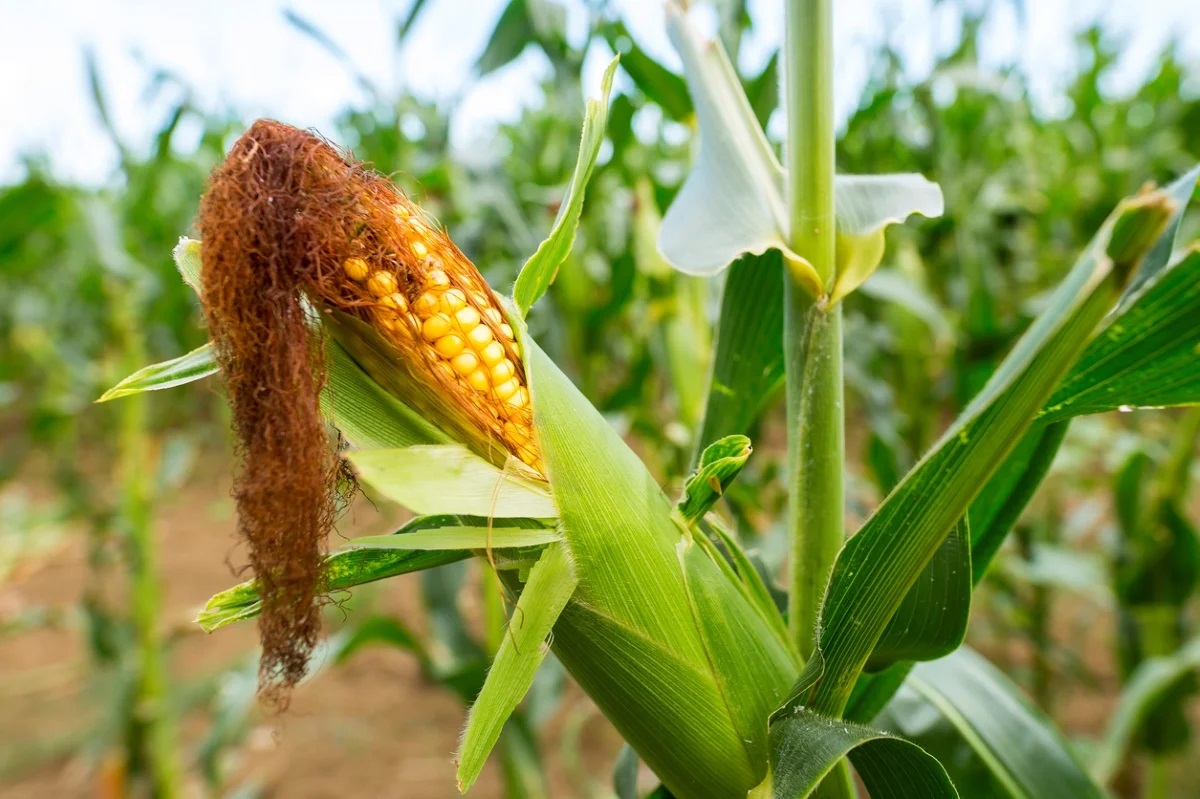
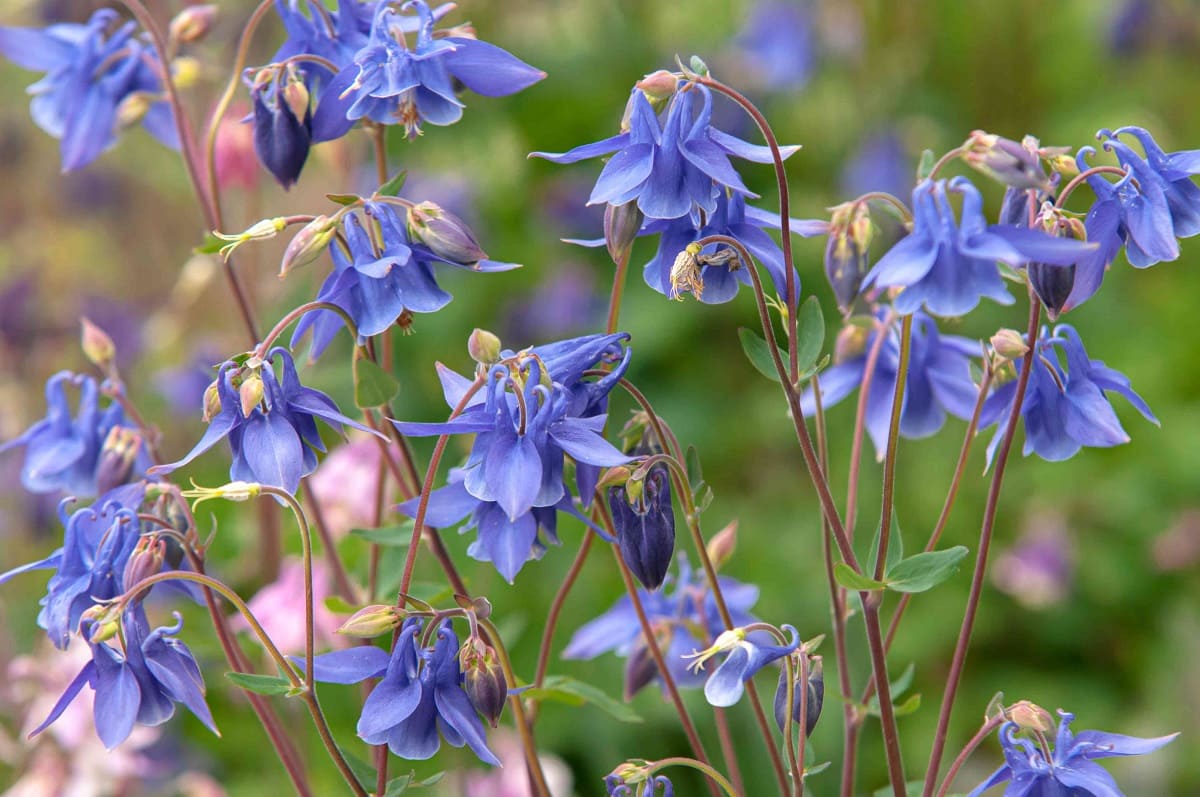


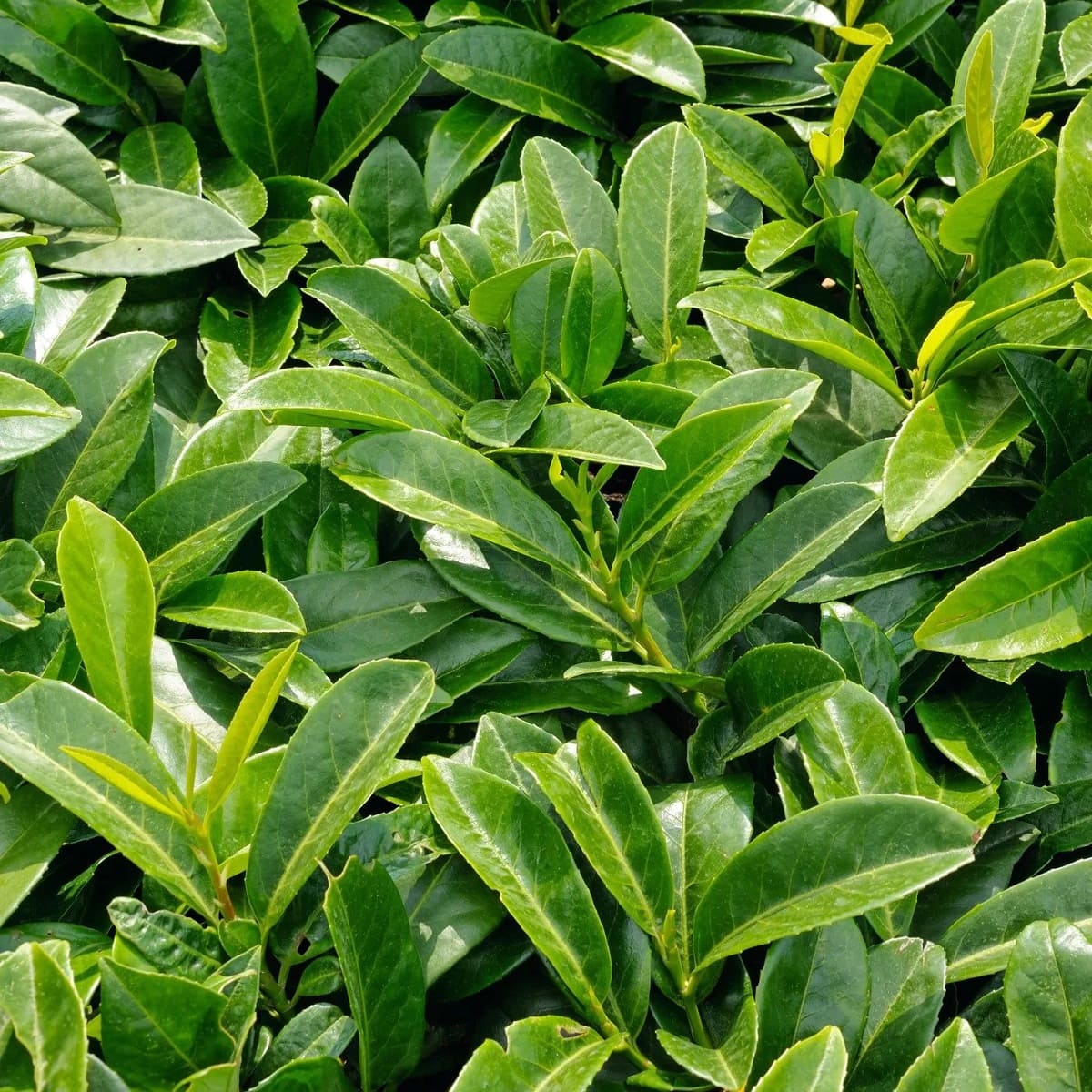

0 thoughts on “Where Is The Peppermint Plant Native To”